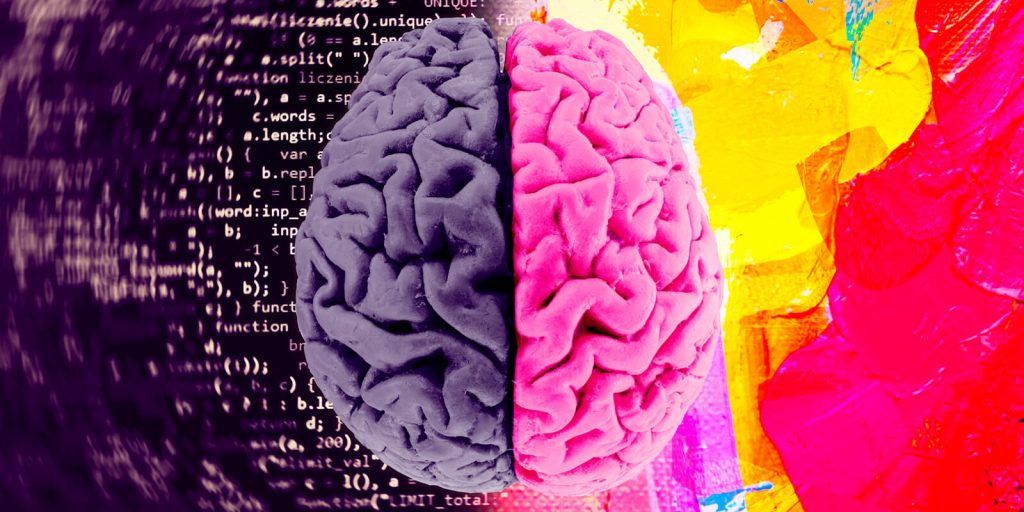3 min read

You never stop hearing about data-driven marketing these days. I never shut up about it, but with the data revolution in full swing, you can hardly blame me. You could say that, right now, data is…big.
There are countless platforms available today that automate the kind of number-crunching you’d previously need to be a maths genius to do. And all of this, at the click of a mouse.
But it’ll only take you so far.
Now, don’t get me wrong: I think the automation of data analysis is great. However, any platform you use is just a tool. No matter how powerful it is, no matter what insights are revealed, it still comes down to what you choose to do with it. You still need to decide on what actions to take. You need to press the button.
So, how do you get from data insights to head-turning creative?
Don’t make the mistake of thinking data has all the answers, or that you can be lazy. It’s not going to produce the creative for you.
Between those insights and the creative is a human being working out what that information actually means for real people in the real world – i.e. how it relates to your audience and how it will help you to engage them.
Let’s get physical
The challenge for marketers is to go into it with a logical, scientific mindset. Look at the insights objectively. Go in looking to discover new things, to answer questions you’ve always wanted to ask about your audience.
CERN’s discovery of the Higgs boson is the perfect example of the working relationship between man, machine and data. The Large Hadron Collider – the world’s biggest particle accelerator – generates a colossal one petabyte of data per second during experiments. That’s 1,000,000,000,000,000 bytes. Per SECOND.
Now don’t worry, only a fraction of this is actually stored and recorded, so it won’t cause a meltdown of all the world’s current computing power and create a black hole (probably – I don’t know, I’m not a physicist).
But, as powerful and as impressive as the LHC is, it’s not the machine itself that discovered the Higgs boson in 2012 – it only generated the data. It was the intuition and decision-making of the scientists at CERN that finally confirmed the existence of the particle first theorised in 1964.
They realised the LHC could be used for this purpose, and carefully set the parameters that would generate the kind of data they needed. They certainly weren’t sifting through the hundreds of petabytes CERN currently has stored across the world, hoping to stumble upon something interesting.
What if you disagree with the insights?
Marketers get a little more leeway than scientists here, since the artistic side of marketing must come into play too.
Just as some of the most successful products and marketing campaigns have resulted from going against what focus groups have said, you aren’t forced to use any insights you feel won’t translate into head-turning ideas. But you must still look at them logically.
It’s about balance
I’ve no doubt that marketing must be data-driven if it’s to remain relevant, but in ten years’ time, this will be the standard. We’ll just call it plain ol’ marketing. Then your differentiator will be standout creative (which, of course, should be influenced by what the data is telling you).
Marketers, the good ones at least, have always used whatever data they can get their hands on to inform their strategic and creative decisions. But now that we’re flooded by data it’ll take a more scientific approach to merge information with creativity.
Please feel free to get in touch to talk about how data could drive your next marketing campaign.
Related content









